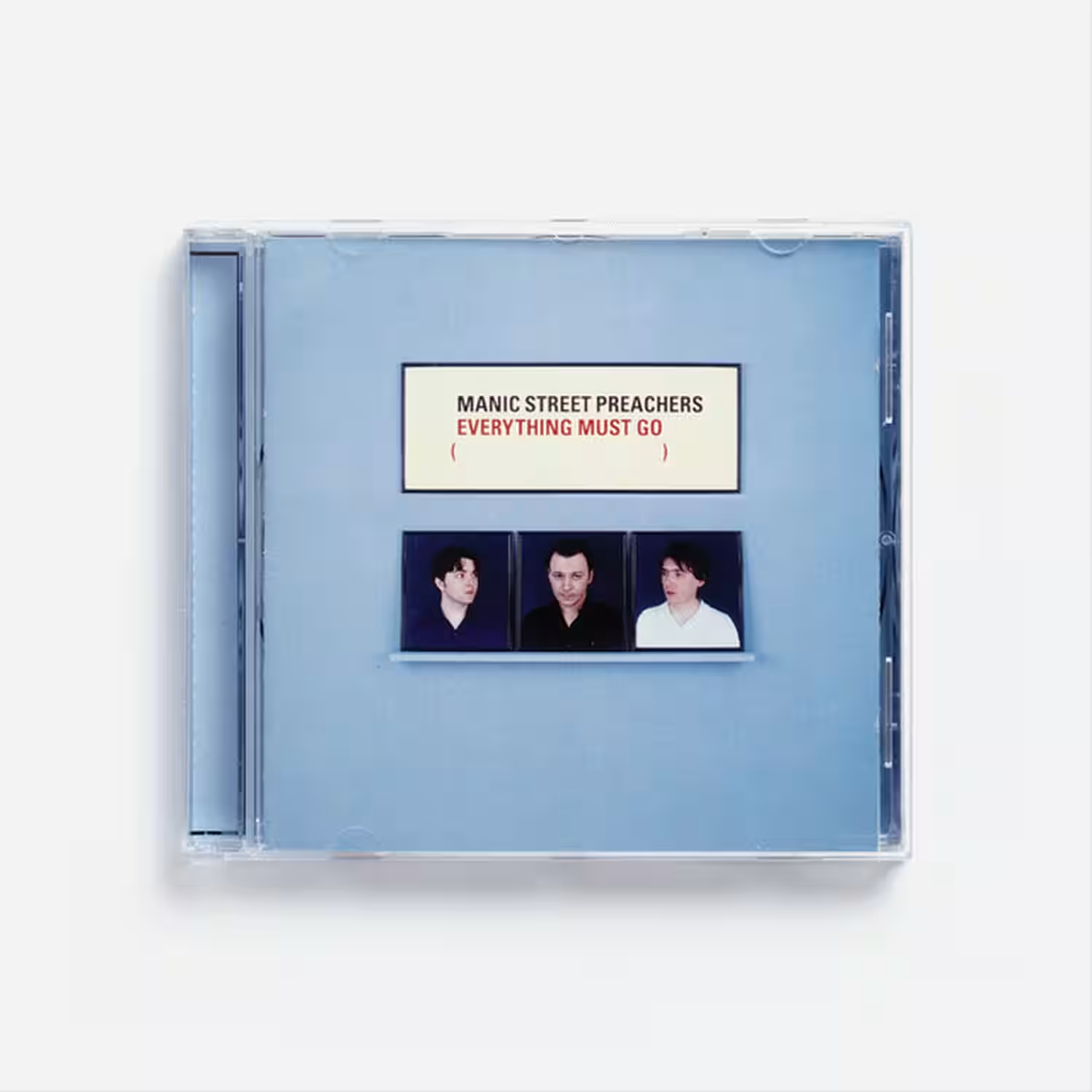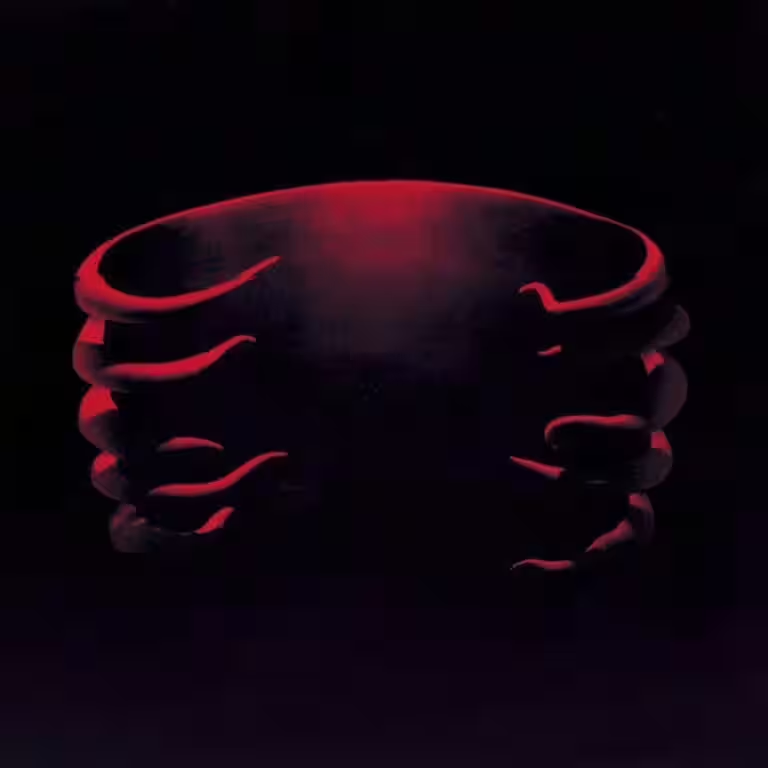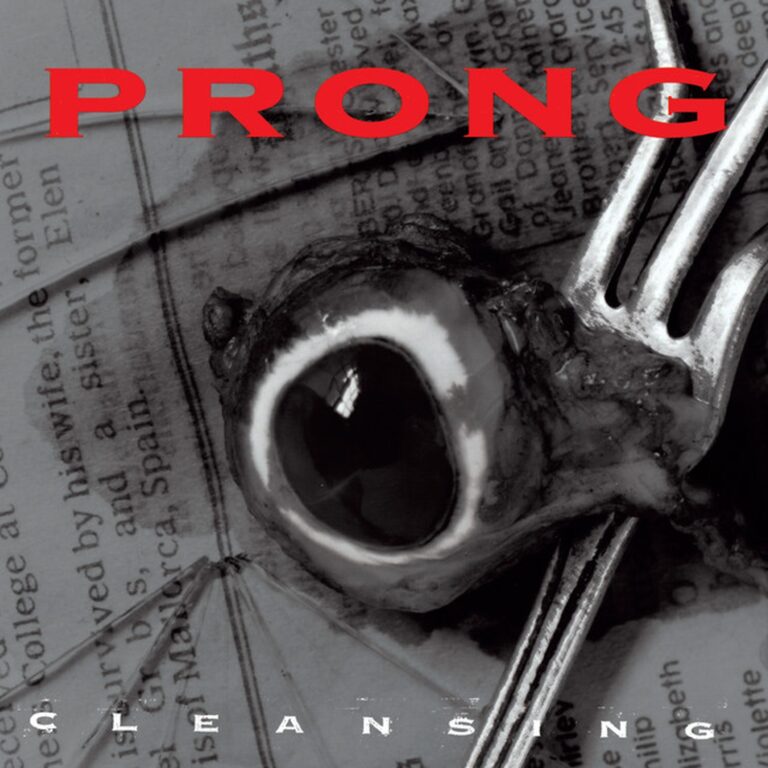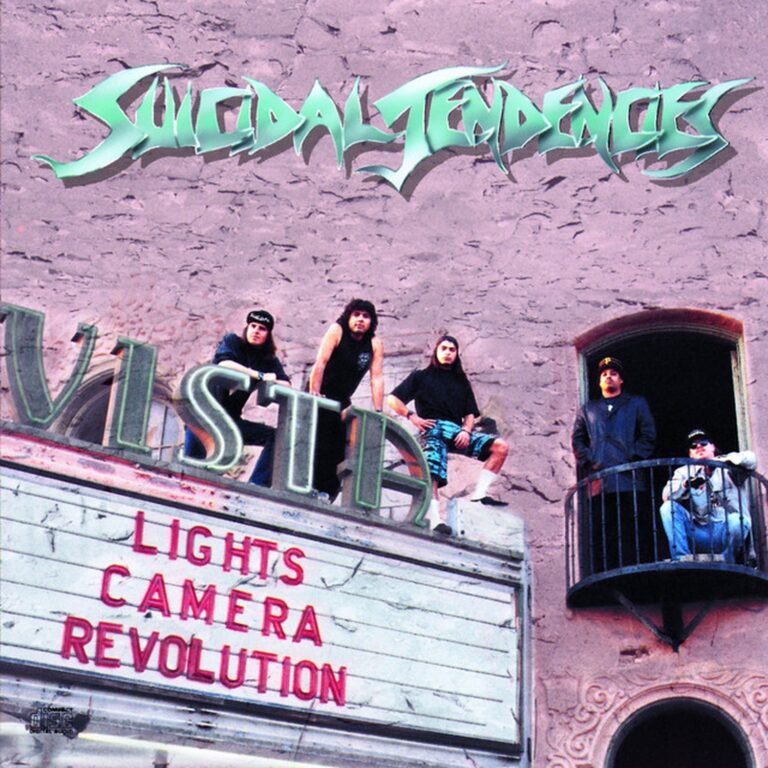
Everything Must Go by Manic Street Preachers: The Definitive Story
When I think about the musical landscape of the mid-1990s, few records cut through the noise quite like Everything Must Go by Manic Street Preachers. This album, released in May 1996, marked not only a creative rebirth for the band but also a turning point in British rock. The record arrived in the shadow of tragedy, following the disappearance of lyricist Richey Edwards, yet managed to transform pain into anthems of hope, reflection, and survival. In many ways, Everything Must Go stands as a testament to resilience, artistic evolution, and the enduring power of music to heal and unite.
In this article, I will explore every aspect of Everything Must Go. I will cover its origins, the recording process, commercial performance, critical reception, track-by-track analysis, lyrical meaning, touring, influences, and legacy. You will also find detailed tables and exclusive insights, including quotes from the band and those involved in the album’s creation. Whether you are a longtime fan or new to the Manics, this is your one-stop guide to one of the most important albums in British music history.
| Attribute | Details |
|---|---|
| Release date | 20 May 1996 |
| Album title | Everything Must Go |
| Genre | Rock, Britpop, Hard Rock |
| Total runtime | 45:24 |
| Number of tracks | 12 |
| Record label | Epic Records |
| Recording studio | Chateau de la Rouge Motte (France), Big Noise (Cardiff), Real World (Box, UK) |
| Producer(s) | Mike Hedges, Manic Street Preachers |
Everything Must Go made an immediate impact, debuting at number two on the UK Albums Chart and selling over a million copies in Britain alone. It won Best British Album at the 1997 Brit Awards, and its singles became radio staples. Nicky Wire, bassist and lyricist, later reflected, “I think it’s our best record. It’s the one that changed everything for us and gave us a second life.” Producer Mike Hedges recalled, “There was a real sense of purpose in the studio. The band knew this album had to be something special.”
Over the years, Everything Must Go has been hailed as a classic, included in countless lists of the greatest albums of the 1990s, and cited as a key influence by many artists. Its songs continue to resonate, and its story remains a powerful example of triumph over adversity. Let’s go deeper into the album’s remarkable journey.
The Genesis of “Everything Must Go”
The road to Everything Must Go began in the darkest chapter of Manic Street Preachers‘ career. In February 1995, Richey Edwards, the band’s lyricist and rhythm guitarist, vanished. His disappearance left the band reeling, not just as musicians but as friends. For a while, it seemed uncertain whether the Manics would ever record again. Yet, as months passed, the surviving trio—James Dean Bradfield, Nicky Wire, and Sean Moore—found themselves drawn back to music, seeking a way to move forward while honouring their lost comrade.
Leading up to the album, the band had released three full-length records: Generation Terrorists (1992), Gold Against the Soul (1993), and the stark, uncompromising The Holy Bible (1994). Each record pushed boundaries, but The Holy Bible—largely shaped by Richey’s bleak, literary lyrics—marked a creative and emotional peak. The album’s dark subject matter and Richey’s deteriorating mental health set the stage for the uncertainty that followed. In the months after his disappearance, the band played a few tentative live shows, including supporting The Stone Roses and Oasis, before deciding to return to the studio.
From the start, the creative direction was clear: this would not be a repeat of The Holy Bible. As James Dean Bradfield later told NME, “We didn’t want to make another album about darkness. We wanted to make something more open, more anthemic, something that felt like a release.” The band kept five sets of lyrics Richey had left behind, weaving them into new songs, while Nicky Wire took on a larger role as lyricist. Musically, the band moved toward bigger, more symphonic arrangements, embracing strings, synths, and expansive choruses.
Here’s a look at the band members and their roles on the album:
| Member | Role(s) |
|---|---|
| James Dean Bradfield | Lead vocals, lead and rhythm guitar, piano |
| Sean Moore | Drums, percussion, trumpet, backing vocals |
| Nicky Wire | Bass guitar, backing vocals, lyrics |
| Richey Edwards | Rhythm guitar (on “No Surface All Feeling”), lyrics (on five tracks) |
Recording costs for Everything Must Go were financed by the band’s label, Epic Records. The sessions were not extravagant by major label standards, but the band invested heavily in time and effort, determined to get every detail right. There is no evidence of major financial challenges, but the emotional stakes were high. The working title, Sounds in the Grass, drew inspiration from Jackson Pollock’s paintings, hinting at the abstract, searching quality of the music. The final title, Everything Must Go, came from a play by Nicky Wire’s brother, Patrick Jones. It captured the sense of change, loss, and the need to move forward.
The album’s artwork, designed by Mark Farrow, featured minimalist blue and white imagery, with a Jackson Pollock quote inside: “The pictures I contemplate painting would constitute a halfway state and attempt to point out the direction of the future – without arriving there completely.” The cover’s clean lines and cool colours reflected the album’s themes of clarity, renewal, and looking ahead.
Recording Process
Entering the studio, the band knew they had something to prove. Recording began in late 1995 and continued into 1996, taking place across three main studios: Chateau de la Rouge Motte in France, Big Noise in Cardiff, and Real World Studios in Box, England. Chateau de la Rouge Motte, owned by producer Mike Hedges, was particularly important. The studio boasted a mixing desk originally from Abbey Road, adding a touch of history and prestige. According to Bradfield, the choice of Hedges as producer was influenced by his work with Siouxsie and the Banshees, especially the song “Swimming Horses”.
Mike Hedges brought decades of experience to the sessions. Known for his work with The Cure, The Associates, and Siouxsie and the Banshees, Hedges was skilled at blending lush arrangements with sharp rock dynamics. He worked closely with engineer Ian Grimble, and the band themselves took a hands-on approach. Dave Eringa, a longtime collaborator, produced and mixed the track “No Surface All Feeling” and mixed “Australia”. Stephen Hague, another respected producer, handled the original production for “The Girl Who Wanted to Be God”. The team used a blend of analogue and digital equipment, with an emphasis on warmth and clarity.
The studio setup at Chateau de la Rouge Motte included classic microphones, vintage compressors, and a legendary Abbey Road desk. While the exact gear list is not fully documented, we can make educated assumptions based on the studios’ capabilities and the era’s technology. Here’s a likely list of hardware and instruments used during the recording:
| Equipment/Instrument | Studio/Usage |
|---|---|
| 1965 Gretsch G6120 Chet Atkins | James Dean Bradfield’s main guitar on key tracks (“Everything Must Go”, “Enola Alone”) |
| Vox AC30 amplifier | Paired with Gretsch for signature “trashy” guitar tone |
| Marshall head & 1960 cabinet | Used occasionally for heavier guitar sounds |
| Fender Twin Reverb amp | Clean guitar tones |
| Boss FZ-2 Hyper Fuzz pedal | Fuzz/distortion and sustain on solos |
| Ampeg SVT bass amp | Nicky Wire’s main bass amplifier |
| Ludwig drum kit | Sean Moore’s drum kit |
| Neumann U87 microphones | Vocals, drum overheads |
| Shure SM57 microphones | Guitar cabinets, snare drums |
| Abbey Road mixing desk (likely EMI or SSL) | Mixing (Abbey Road Studios); main tracking at Chateau de la Rouge Motte |
| SSL G Series bus compressor | Mix bus and drums |
| Roland Juno-106 synthesizer | Synth pads and textures |
| String section (live players, incl. Julie Aliss – harp) | Violins, violas, cello, harp on “Small Black Flowers That Grow in the Sky” and other tracks |
Throughout the sessions, the band faced moments of doubt and exhaustion. Yet, the process was also marked by bursts of inspiration. “A Design for Life” came together in less than ten minutes, with Nicky Wire describing it as “a bolt of light from a dark place.” The band aimed for a sound influenced by Phil Spector’s Wall of Sound, The Cure, Joy Division, and Magazine. The drum sound, in particular, was crucial—James Dean Bradfield said, “The drum sound had to set the tone for the whole record.”
Producer Mike Hedges has an extensive discography. Here is a table of notable albums he produced (excluding Everything Must Go):
| Producer | Artist | Album | Year |
|---|---|---|---|
| Mike Hedges | The Cure | Seventeen Seconds | 1980 |
| Mike Hedges | The Cure | Faith | 1981 |
| Mike Hedges | Siouxsie and the Banshees | Hyaena | 1984 |
| Mike Hedges | The Associates | Sulk | 1982 |
| Mike Hedges | The Beautiful South | Welcome to the Beautiful South | 1989 |
Commercial Performance and Reception
When Everything Must Go was released on 20 May 1996, it was an immediate commercial triumph. The album debuted at number two on the UK Albums Chart, selling 60,000 copies in its first week. It remained in the Top 5 for a year and spent 104 weeks in the UK Top 100. According to the Official Charts Company, it has sold 1,097,865 copies in the UK, earning triple platinum status. Worldwide sales exceed two million copies, making it one of the band’s biggest successes.
Internationally, the album charted across Europe, Asia, and Australia. It peaked at number 12 in Ireland, 21 in Sweden, 29 in Finland and New Zealand, 40 in Denmark, 50 in Austria, 55 in Australia, and 63 in the Netherlands. The singles “A Design for Life,” “Everything Must Go,” “Kevin Carter,” and “Australia” all reached the UK Top 10, with “A Design for Life” peaking at number two and going silver (over 200,000 copies sold).
Here’s a table of Manic Street Preachers studio albums, their release years, and UK sales data where available:
| Album | Year | Sales data |
|---|---|---|
| Generation terrorists | 1992 | ~250,000 (UK) |
| Gold against the soul | 1993 | ~500,000 (Worldwide) |
| The holy bible | 1994 | N/A |
| Everything must go | 1996 | 1,097,865 (UK) |
| This is my truth tell me yours | 1998 | 1,065,493 (UK) |
| Know your enemy | 2001 | 221,253 (UK) |
| Lifeblood | 2004 | N/A |
| Send away the tigers | 2007 | 188,397 (UK) |
| Journal for plague lovers | 2009 | N/A |
| Postcards from a young man | 2010 | N/A |
| Rewind the film | 2013 | N/A |
| Futurology | 2014 | 52,829 (UK) |
| Resistance is futile | 2018 | 56,850 (UK) |
| The ultra vivid lament | 2021 | 27,345 (UK, first week) |
| Critical thinking | 2025 | 21,470 (UK, first week) |
Everything Must Go received numerous awards. It won Best British Album at the 1997 Brit Awards and Album of the Year at the 1996 NME Awards. The single “A Design for Life” also took Best Single at the NME Awards. The album was shortlisted for the Mercury Prize and later included in Q magazine’s 100 Greatest British Albums Ever, NME’s 500 Greatest Albums of All Time, and Robert Dimery’s 1001 Albums You Must Hear Before You Die.
Other notable albums released in 1996 by similar artists include:
- Load by Metallica [Physical sales: high, over 5 million worldwide]
- Roots by Sepultura
- Evil Empire by Rage Against the Machine
- Antichrist Superstar by Marilyn Manson
- Down on the Upside by Soundgarden
- Life Is Peachy by Korn
- Tiny Music… Songs from the Vatican Gift Shop by Stone Temple Pilots
- Ænima by Tool
- October Rust by Type O Negative
- Filth Pig by Ministry
- Wiseblood by Corrosion of Conformity
Everything Must Go collected a long list of awards and recognitions:
- Best British Album – Brit Awards 1997
- Best Live Act – NME Awards 1996
- Best Album – NME Awards 1996
- Best Single (“A Design for Life”) – NME Awards 1996
- Shortlisted – Mercury Prize 1996
- Triple Platinum – BPI (UK)
- Platinum – IFPI (Europe)
- Included in Q, NME, Kerrang!, and Melody Maker best-of lists
Meanwhile, 1996 was a pivotal year for heavy music. Metallica’s Load topped charts, Rage Against the Machine released Evil Empire, and Sepultura delivered Roots. Korn’s Life Is Peachy and Soundgarden’s Down on the Upside showed the growing influence of alternative metal. The Ozzfest festival launched, and the original KISS lineup reunited. In the UK, Def Leppard’s Slang and Bon Jovi’s These Days also performed well. New bands like Nightwish, Linkin Park (as Xero), and Queens of the Stone Age formed, hinting at the future shape of rock and metal.
Track Analysis
Four singles were released from Everything Must Go: “A Design for Life,” “Everything Must Go,” “Kevin Carter,” and “Australia.” “A Design for Life” was released on 15 April 1996 and reached number two in the UK. “Everything Must Go” followed on 22 July, peaking at number five. “Kevin Carter” came out on 30 September and hit number nine, while “Australia” landed on 2 December, reaching number seven. Each single helped to cement the album’s success, with “A Design for Life” becoming a modern classic and a live favourite.
Below is a table of every song from the album, with their length and writing credits. Singles are marked with a *.
| Track Name | Length | Writing Credit |
|---|---|---|
| Elvis Impersonator: Blackpool Pier | 3:29 | Wire, Edwards |
| A Design for Life* | 4:16 | Wire, Bradfield, Moore |
| Kevin Carter* | 3:24 | Edwards, Bradfield, Moore, Wire |
| Enola / Alone | 4:07 | Wire, Bradfield, Moore |
| Everything Must Go* | 3:41 | Wire, Bradfield, Moore |
| Small Black Flowers That Grow in the Sky | 3:02 | Edwards, Bradfield, Moore, Wire |
| The Girl Who Wanted to Be God | 3:35 | Wire, Edwards |
| Removables | 3:31 | Edwards, Bradfield, Moore, Wire |
| Australia* | 4:04 | Wire, Bradfield, Moore |
| Interiors (Song for Willem de Kooning) | 4:17 | Wire, Bradfield, Moore |
| Further Away | 3:38 | Wire, Bradfield, Moore |
| No Surface All Feeling | 4:14 | Wire, Bradfield, Moore, Edwards |
Note: Tracks marked with * were released as singles. “A Design for Life” reached UK #2, “Everything Must Go” #5, “Kevin Carter” #9, and “Australia” #7.
Song Meaning and Lyrics
Every song on Everything Must Go carries its own weight, but the singles in particular tell the story of a band navigating loss, identity, and renewal. “A Design for Life,” written by Nicky Wire, James Dean Bradfield, and Sean Moore, is an anthem for the working class. The lyrics—”We don’t talk about love, we only want to get drunk”—reflect pride, struggle, and dignity. As Wire explained, the song came together quickly, providing the band with a sense of purpose after Richey’s disappearance. You can watch the band discuss this in their NME interview.
The title track, “Everything Must Go,” is about moving on and accepting change. It was inspired by the need to let go of the past while honouring it. “Kevin Carter” tells the tragic story of the South African photojournalist who won a Pulitzer Prize for his haunting image of a starving child, only to take his own life soon after. The lyrics, penned by Richey Edwards, are full of striking imagery and emotional complexity. “Australia,” meanwhile, is about escape and the desire to find solace far from pain. The chorus—”I want to fly and run till it hurts, sleep for a while and speak no words in Australia”—captures a yearning for freedom.
Other songs delve into themes of isolation (“Enola/Alone”), animal cruelty (“Small Black Flowers That Grow in the Sky”), and the struggle to hold on to meaning (“No Surface All Feeling”). Collaboration between band members was crucial, with Nicky Wire and Richey Edwards providing most lyrics, while Bradfield and Moore handled the music. The album balances introspection with broad, universal messages, making it both personal and accessible.
Touring and Promotion of Everything Must Go
The promotional campaign for Everything Must Go was extensive and carefully planned. The band released four major singles, each accompanied by music videos and strong radio support. They appeared on TV shows, gave interviews, and played key live performances, including a special concert at Manchester Arena for over 20,000 fans. The live recording, Everything Live, was released on VHS in 1997, later appearing on DVD in Japan.
The supporting tour was a major undertaking. In 1996, Manic Street Preachers played 13 UK dates, including a memorable night at De Montfort Hall in Leicester on 23 October. They performed across Europe and Japan, with a setlist focused on the new album but also featuring classics from earlier records. The band’s energy was high, despite the emotional toll of the previous year. Support acts included Stereophonics and Tiger. The tour ended with sold-out shows in London, including the Kentish Town Forum and Shepherd’s Bush Empire.
Notable moments included a guest appearance by Liam Gallagher at the Kentish Town Forum, spontaneous dedications to Richey Edwards, and emotional performances of “Yes” from The Holy Bible. The band did not shy away from their past, but the focus was firmly on the future. The tour solidified their status as one of the UK’s most important live acts.
Influences and Legacy
Everything Must Go drew from a wide range of influences. The band cited The Cure, Joy Division, Magazine, Siouxsie and the Banshees, and Phil Spector’s Wall of Sound as key inspirations. The move towards strings and synths marked a departure from their earlier punk and glam roots, but the album retained the intensity and intelligence that defined the Manics’ sound. The shift was both a tribute to their influences and a signal of new directions.
Here is a table of influences and artists influenced by Everything Must Go:
| Influences on “Everything Must Go” | Artists Influenced by “Everything Must Go” |
|---|---|
| The Cure | Stereophonics |
| Joy Division | Idlewild |
| Magazine | Lostprophets |
| Siouxsie and the Banshees | The Automatic |
| Phil Spector (Wall of Sound) | You Me at Six |
Released in 1996, the album arrived at a time of great change. In Britain, the Cool Britannia era was in full swing. The UK was gripped by Euro 1996 football fever, and bands like Oasis and Blur dominated the charts. Globally, 1996 saw the birth of Dolly the sheep, the Dunblane tragedy, and the rise of the Internet. In entertainment, Trainspotting, Fargo, and Jerry Maguire hit cinemas, while Alanis Morissette’s Jagged Little Pill won Album of the Year at the Grammys. The world was changing, and Everything Must Go captured the mood of transformation and uncertainty.
Five Things about Everything Must Go
Let’s highlight five fascinating, fully verified facts about Everything Must Go:
| Fact | Details |
|---|---|
| First album as a trio | It was the first Manic Street Preachers album released after Richey Edwards’ disappearance. |
| Five songs with Richey’s lyrics | Tracks like “Kevin Carter” and “Small Black Flowers That Grow in the Sky” feature Edwards’ last contributions. |
| Triple platinum in the UK | The album sold over 1 million copies in Britain, making it one of the band’s biggest sellers. |
| Award-winning singles | “A Design for Life” won Best Single at the 1996 NME Awards and remains a fan favourite. |
| Influential artwork | The album cover, designed by Mark Farrow, features a Jackson Pollock quote and minimalist style reflecting the album’s themes. |
Media and Television Usage
Songs from Everything Must Go have found their way into various media. Here is a table of known appearances:
| Song Title | Media | Year |
|---|---|---|
| A Design for Life | Forever Delayed, Top Gear (UK), One Day (TV), My Mad Fat Diary | 2013–2024 |
| Everything Must Go | Forever Delayed, Gran Turismo (game) | 1998 |
Critical Reviews and Retrospectives
Everything Must Go received widespread acclaim from critics. Alternative Press awarded it 5/5, Entertainment Weekly gave it an A, and NME scored it 8/10. Q magazine praised it as “a return to and improvement on epic pop-rock,” while The Independent called it “the most immediate, assured and anthemic British hard rock album since Oasis’ Definitely Maybe.” Vox magazine described it as “the most approachable” Manics album. Rolling Stone called it “the most underrated album of the year.”
Retrospective reviews have been equally glowing. AllMusic described it as “cathartic, genuinely moving, and hopeful without sentimentality.” The Guardian’s 10th anniversary review said the album “achieved the zenith of the band’s ambition to conquer the mainstream with anger, art, and soul.” The album is consistently ranked among the best British albums of all time.
After Everything Must Go
Following Everything Must Go, Manic Street Preachers entered a new phase of their career. Their next album, This Is My Truth Tell Me Yours (1998), became their first UK number one and sold over five million copies worldwide. The band continued to evolve, releasing a string of successful albums and maintaining a strong live presence. They have never replaced Richey Edwards, keeping his memory alive on stage and in their music. As of June 2025, the band remains active, touring and recording. Their most recent album, Critical Thinking, was released in February 2025, and they are currently on a major UK tour.
Conclusion
Everything Must Go is more than just a collection of songs. It is a story of survival, transformation, and hope. The album’s themes of loss and renewal remain as relevant today as they were in 1996. Its influence can be heard in the work of countless bands, and its songs continue to inspire new generations of listeners. The Manics’ journey from tragedy to triumph is a reminder that, even in the darkest times, music can light the way forward.
Further Reading
Let us know in the comments what your thoughts are on Everything Must Go by Manic Street Preachers. Did we miss anything? Share your experiences and join the conversation!



